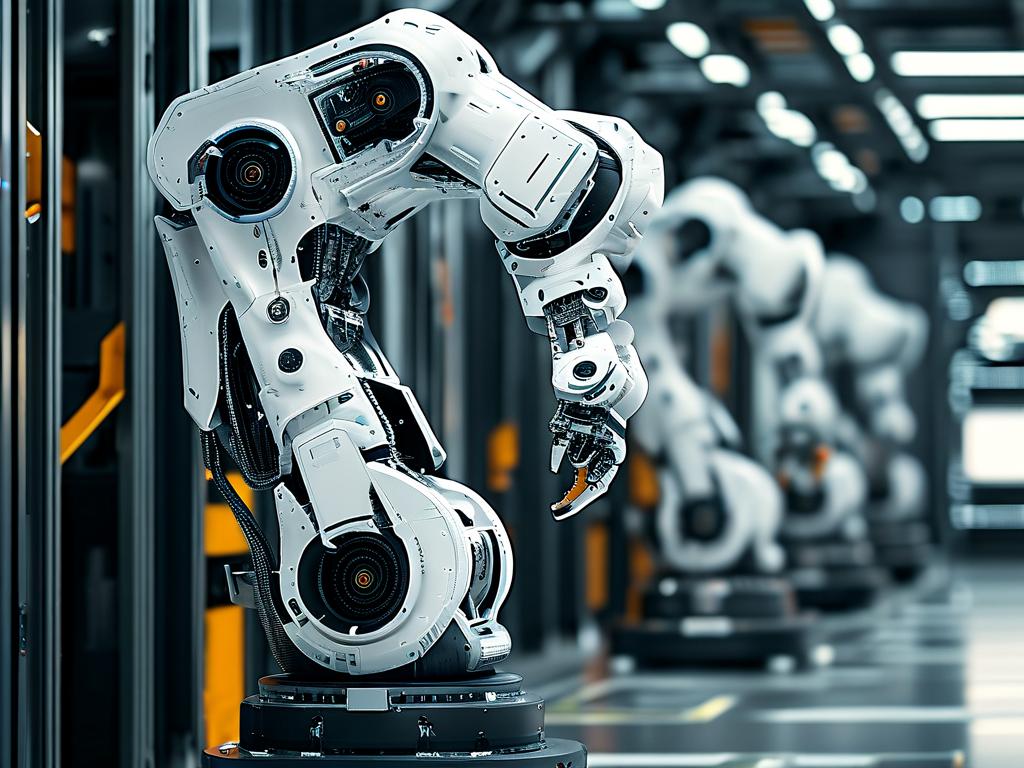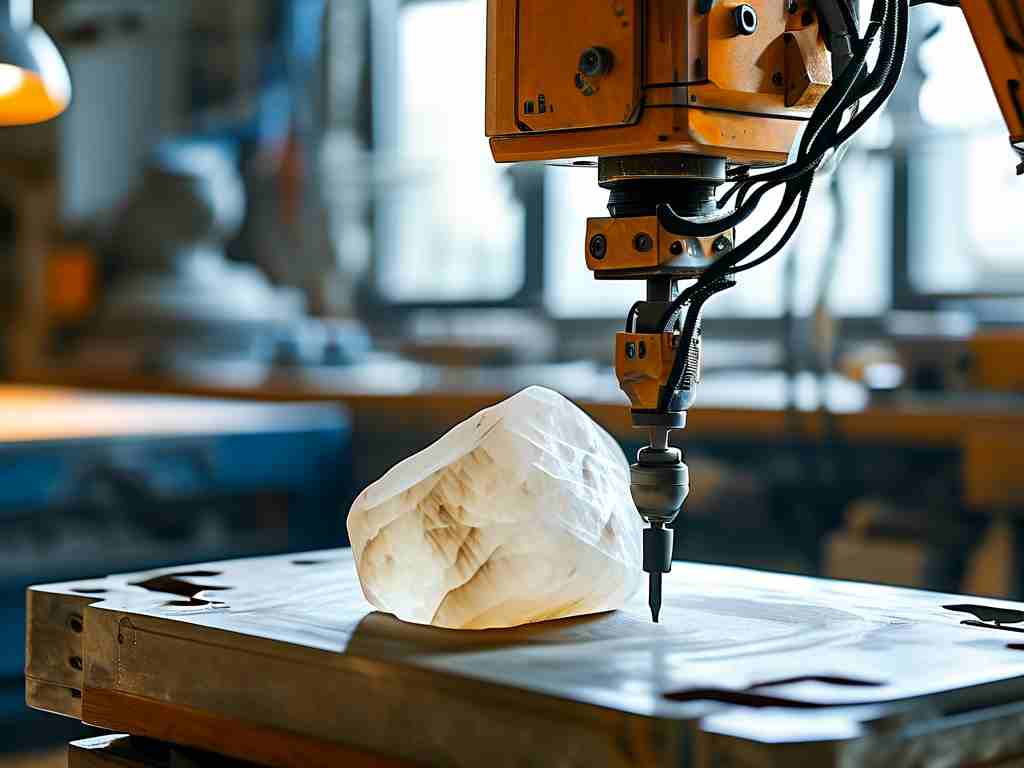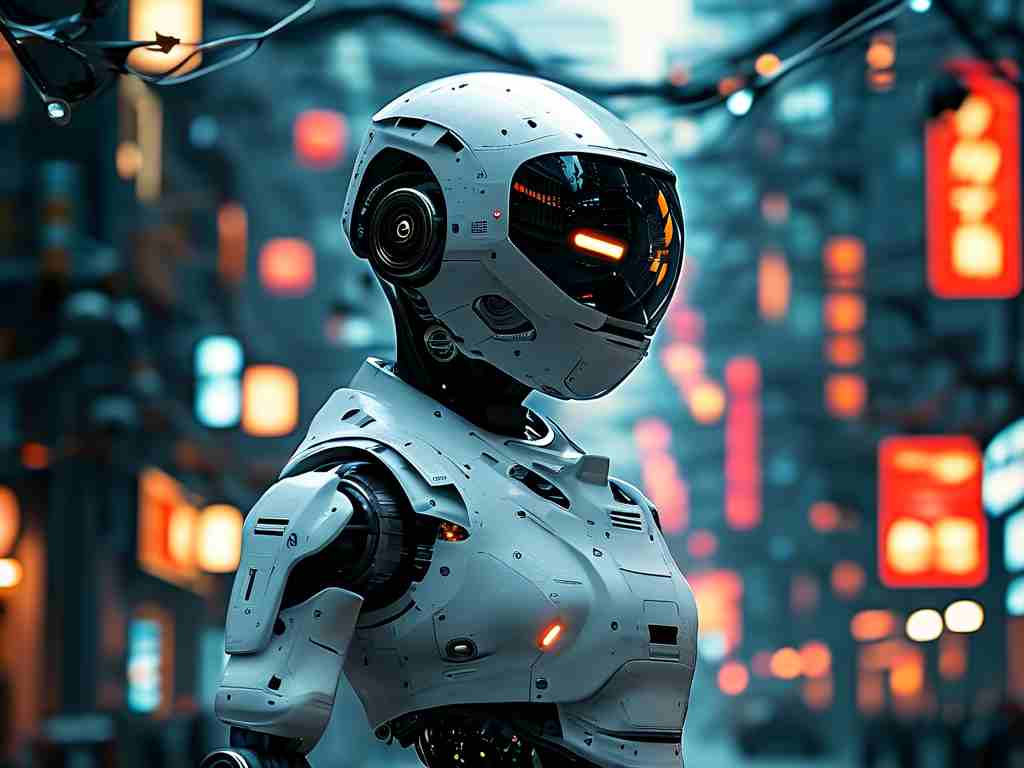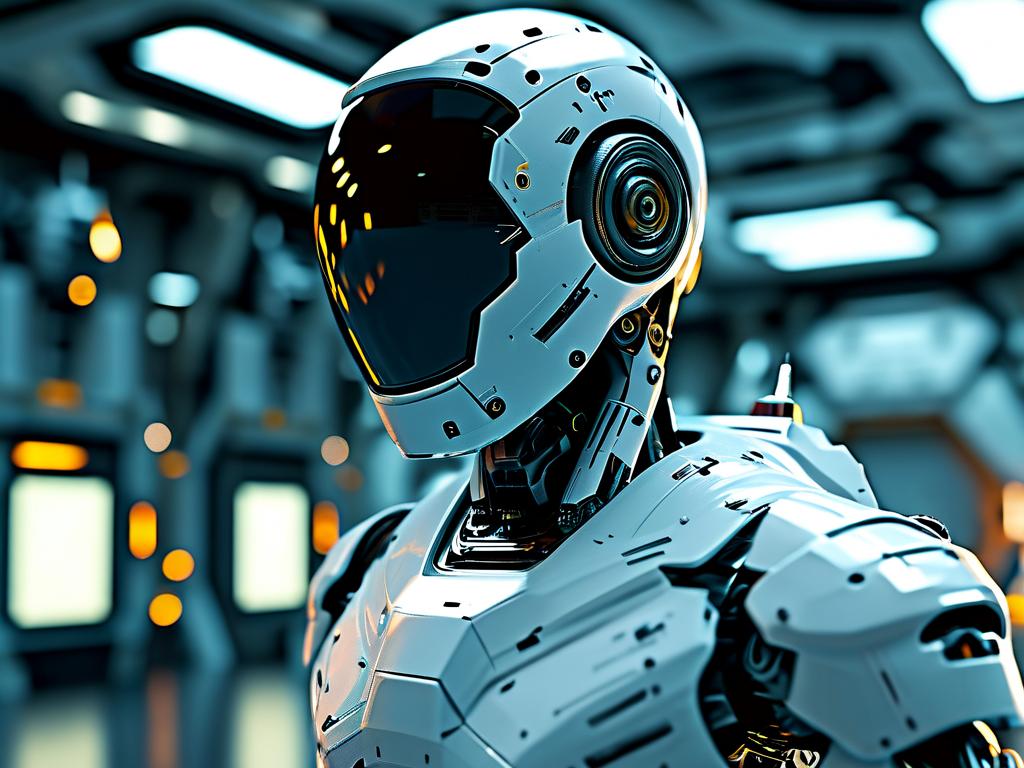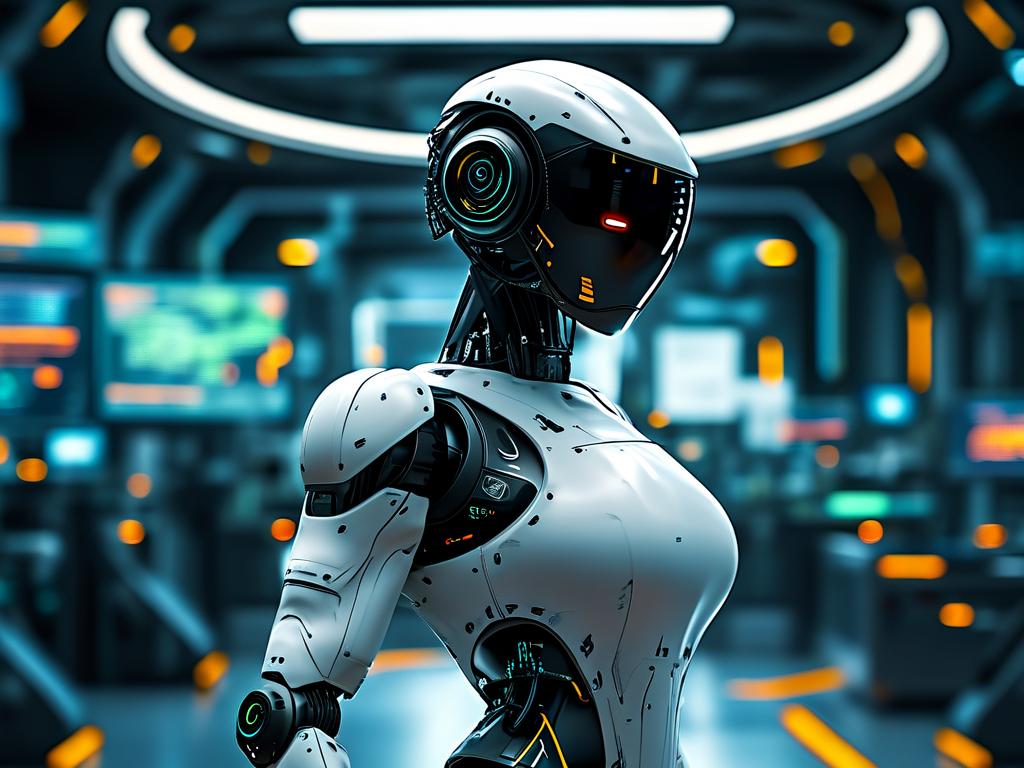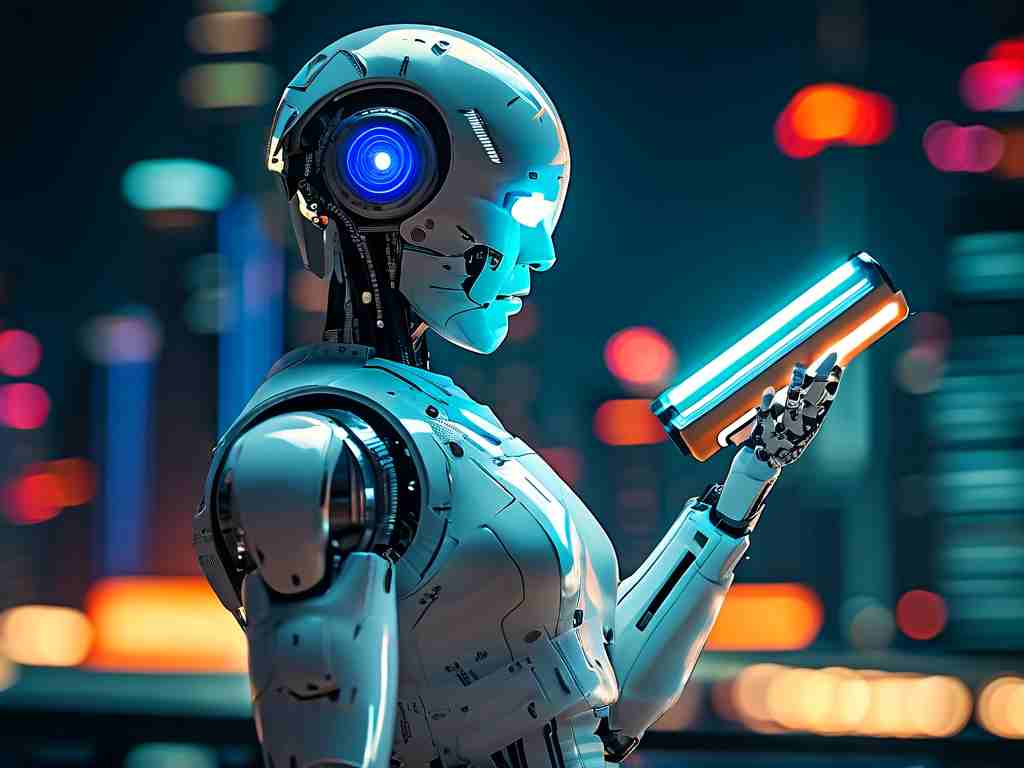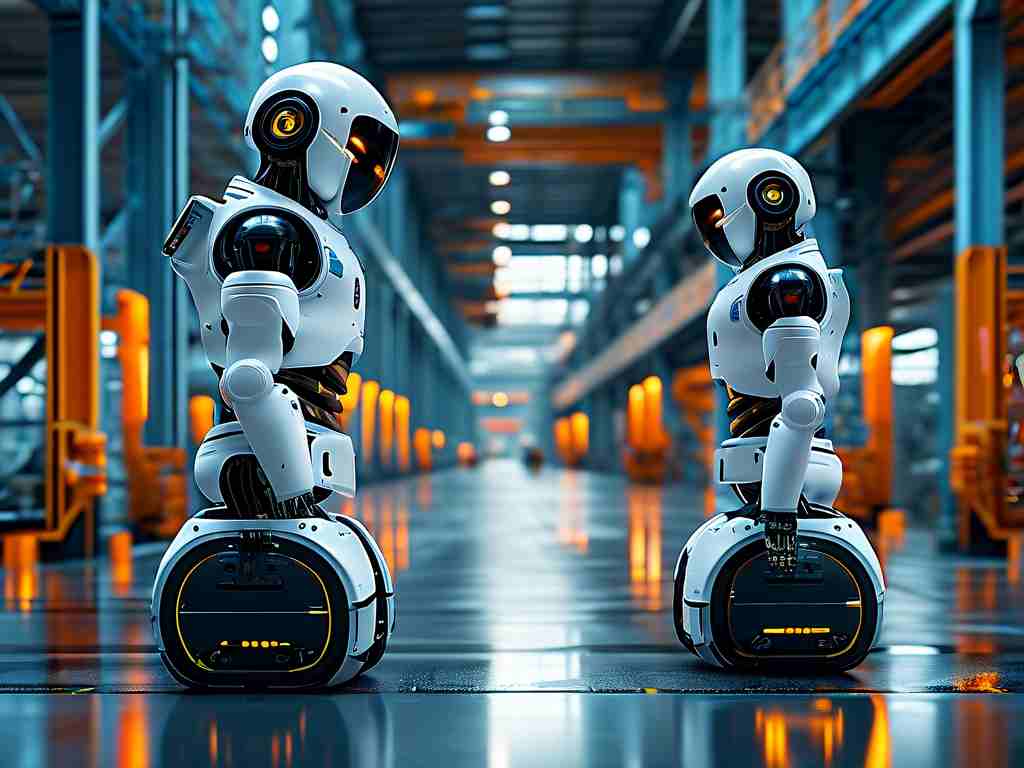Robot folding technology represents a groundbreaking frontier in modern robotics, enabling machines to transform their shapes for enhanced efficiency and adaptability. This innovation draws inspiration from natural phenomena like origami, where intricate folds allow for compact storage and dynamic reconfiguration. As industries increasingly seek portable and versatile solutions, robot folding technology is revolutionizing fields such as manufacturing, healthcare, and disaster response. Unlike traditional rigid robots, these systems incorporate flexible materials, advanced actuators, and intelligent algorithms to achieve seamless folding actions, reducing space requirements while boosting functionality. For instance, in logistics, folding robots can collapse into small packages for easy transport, then unfold autonomously to handle tasks like sorting or assembly in warehouses. This not only cuts costs but also minimizes environmental footprints through optimized resource use.
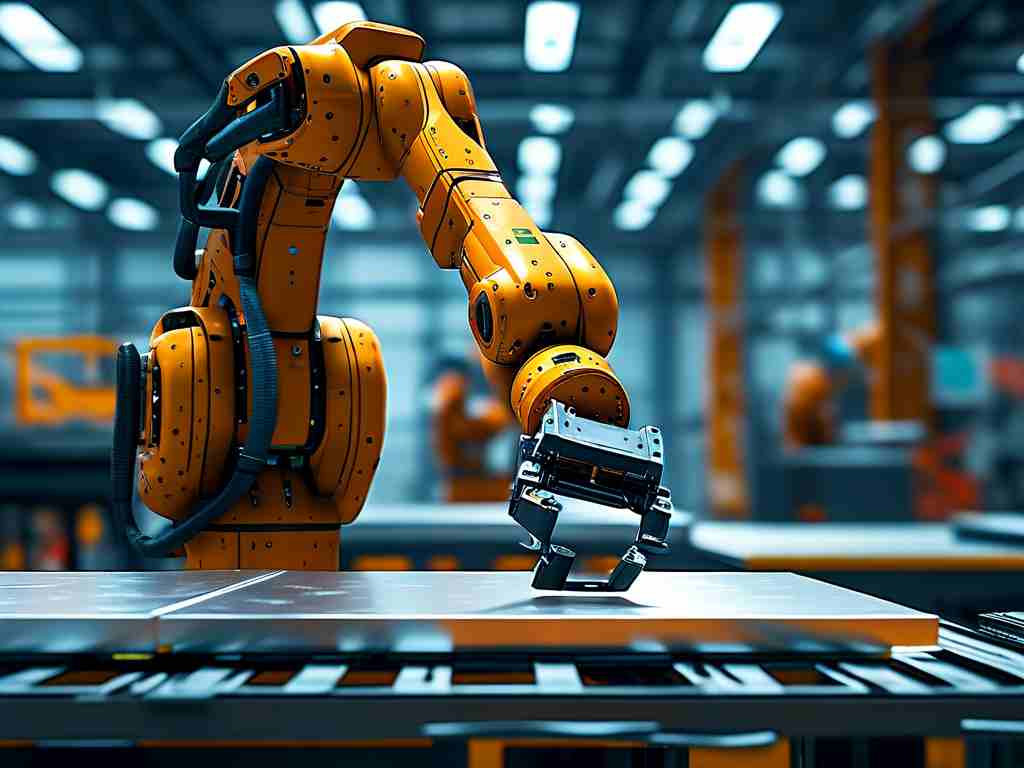
The core mechanics of robot folding technology rely on a blend of mechanical engineering and artificial intelligence. Engineers design joints and hinges using lightweight composites like shape-memory alloys or polymers that respond to stimuli such as heat or electrical signals. AI algorithms, often implemented in code snippets like Python scripts for motion planning, enable real-time decision-making. Consider this simplified pseudocode for a folding sequence:
def fold_robot(sensor_input):
if sensor_input == 'obstacle_detected':
activate_fold_sequence('compact')
else:
maintain_default_shape()
Such code integrates with sensors to detect environmental changes, triggering folds that protect the robot or adapt to confined spaces. In medical applications, folding robotic arms can navigate narrow body cavities during minimally invasive surgeries, unfolding to perform precise operations with minimal tissue damage. This reduces patient recovery times and improves surgical outcomes. Moreover, in search-and-rescue missions, deployable robots fold into compact forms for aerial drops, then expand to traverse rubble, using cameras and AI to locate survivors. These examples highlight how the technology enhances human capabilities while operating in hazardous or inaccessible areas.
Recent innovations in robot folding technology have accelerated its adoption. Researchers at institutions like MIT and Stanford are developing bio-inspired designs, such as robots that mimic insect wings or plant movements for energy-efficient folding. Advances in 3D printing allow for rapid prototyping of foldable components, while machine learning models optimize folding patterns for durability and speed. Companies like Boston Dynamics have showcased prototypes where robots fold their limbs to fit through doorways or stow away in vehicles, demonstrating practical scalability. However, challenges persist, including ensuring long-term durability against wear and tear, managing power consumption during repeated folds, and addressing ethical concerns around autonomous decision-making. To overcome these, ongoing R&D focuses on self-healing materials and edge computing for localized AI processing, reducing reliance on cloud-based systems and enhancing reliability in remote settings.
Looking ahead, the future of robot folding technology promises even greater integration with emerging trends like the Internet of Things (IoT) and sustainable design. As AI evolves, robots could learn folding behaviors through reinforcement learning, adapting to new environments without human intervention. Innovations in nanotechnology might enable microscopic folding robots for targeted drug delivery in healthcare, while space exploration could benefit from foldable rovers that deploy on other planets. Economically, this technology fosters job creation in robotics maintenance and programming, though it necessitates workforce retraining to handle advanced systems. Ultimately, robot folding technology embodies a shift towards more resilient and eco-friendly automation, with potential to address global challenges like resource scarcity and climate change by promoting efficient, adaptable machinery. Embracing these advancements will require collaborative efforts across governments, industries, and academia to ensure ethical deployment and maximize societal benefits.



